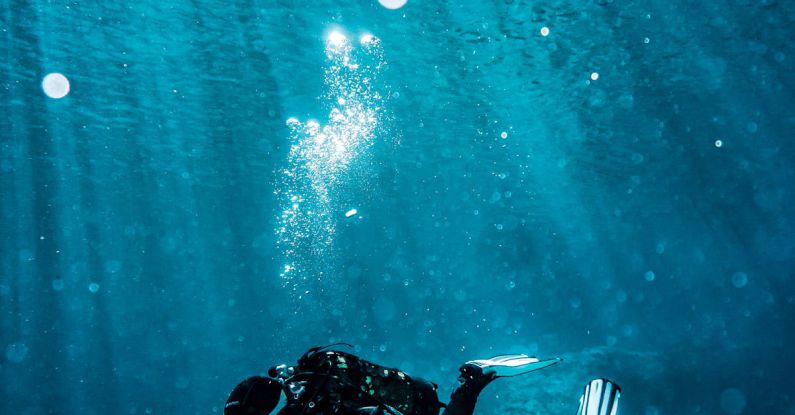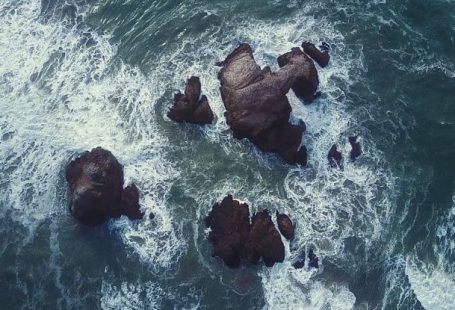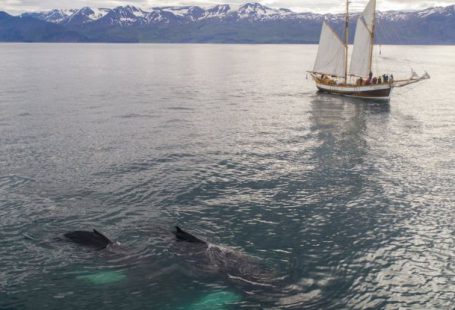Diving into the mesmerizing underwater world never fails to unveil stunning and diverse marine creatures. Among these captivating beings are nudibranchs, often referred to as the jewels of the sea. These colorful gastropods, also known as sea slugs, come in a wide array of shapes, sizes, and vibrant hues, making them a favorite among divers and underwater photographers. Here is what divers should know about these fascinating creatures.
Diversity in Appearance
Nudibranchs showcase an astonishing variety in their physical appearance. From the vividly colored Spanish shawl nudibranch with its orange, pink, and purple hues to the more subtly colored species like the ghost nudibranch, these creatures never fail to impress with their intricate patterns and striking colors. Their appearance serves as a form of defense against predators, as their bright colors often signal toxicity acquired from the food they consume, such as sponges and hydroids.
Intriguing Adaptations
Apart from their striking appearance, nudibranchs boast a range of fascinating adaptations that set them apart from other marine creatures. One of the most remarkable features of nudibranchs is their ability to incorporate the stinging cells of the organisms they consume into their own tissues, providing them with a powerful defense mechanism against potential predators. This unique adaptation allows nudibranchs to repel threats effectively while showcasing their vibrant colors as a warning signal to potential predators.
Habitat and Distribution
Nudibranchs can be found in oceans worldwide, from shallow tropical reefs to the cold waters of the Arctic and Antarctic. These versatile creatures inhabit a wide range of environments, including rocky shores, coral reefs, and even sandy bottoms. Their diverse habitats contribute to the vast array of species within the nudibranch family, with new species still being discovered as exploration of the oceans continues.
Reproduction and Lifecycle
The reproductive process of nudibranchs is as intriguing as their appearance. These hermaphroditic creatures possess both male and female reproductive organs, allowing them to engage in reciprocal mating with other individuals. After mating, nudibranchs lay spiral-shaped egg masses that can contain thousands of individual eggs. Following hatching, nudibranch larvae undergo a complex metamorphosis before developing into the colorful adults that grace the ocean depths.
Conservation Concerns
Despite their beauty and unique adaptations, nudibranchs face various threats in their natural habitats. Pollution, habitat destruction, and overharvesting for the aquarium trade pose significant challenges to nudibranch populations worldwide. Conservation efforts are crucial to ensuring the survival of these enchanting creatures for future generations to appreciate and admire. By raising awareness about the importance of protecting marine ecosystems, divers can play a vital role in safeguarding nudibranchs and their diverse habitats.
Exploring the Underwater World
For divers, encountering nudibranchs in their natural habitat is a truly mesmerizing experience. Observing these colorful sea slugs as they glide gracefully over coral reefs or rocky substrates offers a glimpse into the intricate beauty of the underwater world. By learning more about nudibranchs and their unique characteristics, divers can enhance their underwater adventures and develop a deeper appreciation for the diverse marine life that inhabits our oceans.
Appreciating Nature’s Wonders
In conclusion, nudibranchs stand out as one of the most captivating and colorful creatures in the underwater world. Their vibrant hues, intricate patterns, and fascinating adaptations make them a favorite subject for underwater enthusiasts seeking to explore the beauty of marine life. By delving into the world of nudibranchs and understanding their significance in marine ecosystems, divers can gain a newfound appreciation for the wonders of nature that await beneath the ocean’s surface.





